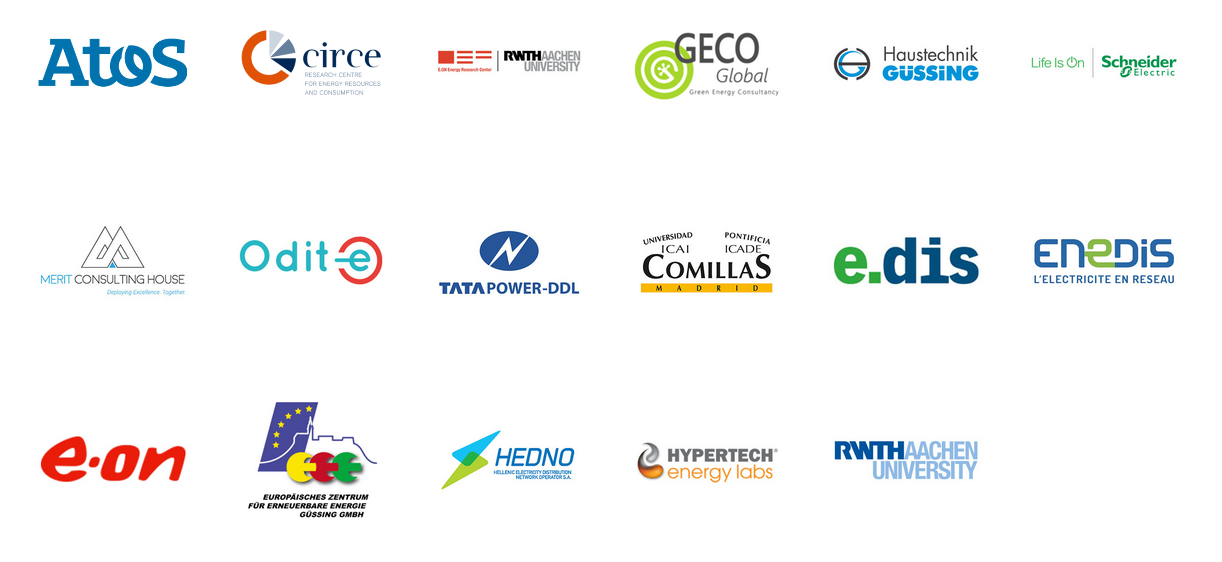IElectrix
Supporting Citizen Energy Communities (CEC) is a way to speed up the grid integration of renewable energy sources...

Supporting Citizen Energy Communities (CEC) is a way to speed up the grid integration of renewable energy sources. Through 5 demonstration pilots, in Europe and India, Distribution System Operators will innovate to ensure CEC connection to medium and low voltage network. For this purpose, DSOs will implement innovative technical and economical solutions to develop sustainable business models.
IELECTRIX brings together 15 European partners and one Indian partner in order to experiment, through 5 demonstrators, the technical and economical relevance of this grid framework. It answers a European Horizon 2020 call about “Integrated Energy Systems - Energy Islands”. The objective is to develop innovative technical solutions and economical business models to speed up the integration of renewable energy sources in smart grids and to take part in the decarbonisation of the energy system, through Citizen Energy Communities. As Christian Buchel from Enedis said at the kick-off, “IElectrix brings together diverse countries and actors to lead a concrete action, directed towards the energy transition”. In this context, Distribution System Operators need to ensure an appropriate connection with the rest of the grid.
The overall project budget is 10.7 M€ with a grant from the European Commission of 7.9 M€.
The project started officially on 1st May 2019 and should be completed in October 2022.
The 5 demonstration sites are based on different regulatory and ecosystem contexts. Two are located in Hungary, one in Austria, one in Germany and one in India. The electrification of each Citizen Energy Community gets through the installation of photovoltaic panels, charging stations for electric vehicles or mobile centralised battery storage.
The Indian demonstration pilot anticipates the large amount of photovoltaic panels (PV) which will be connected at low voltage level in the coming years following recent governmental plans. A urban micro-grid will be created, connecting a solar energy power generation site, a decarbonised storage site and consumers with smart meters. This demonstrator also improves vehicle electrification, which “will definitely help us to manage the peak load”, said Ganesh Das from Tata Power.
The Austrian demonstration pilot involves an existing energy community in the Güssing District where RES investments have already been made.
The German demonstration pilot is carried out in a region where massive renewable generation has already also been implemented but where the future network must become more flexible to reduce planning uncertainty.
The Hungarian demonstration pilots address issues that are located at an early stage of renewable deployment in two distinct regions.

Link to the webpage(s): https://ielectrix-h2020.eu/